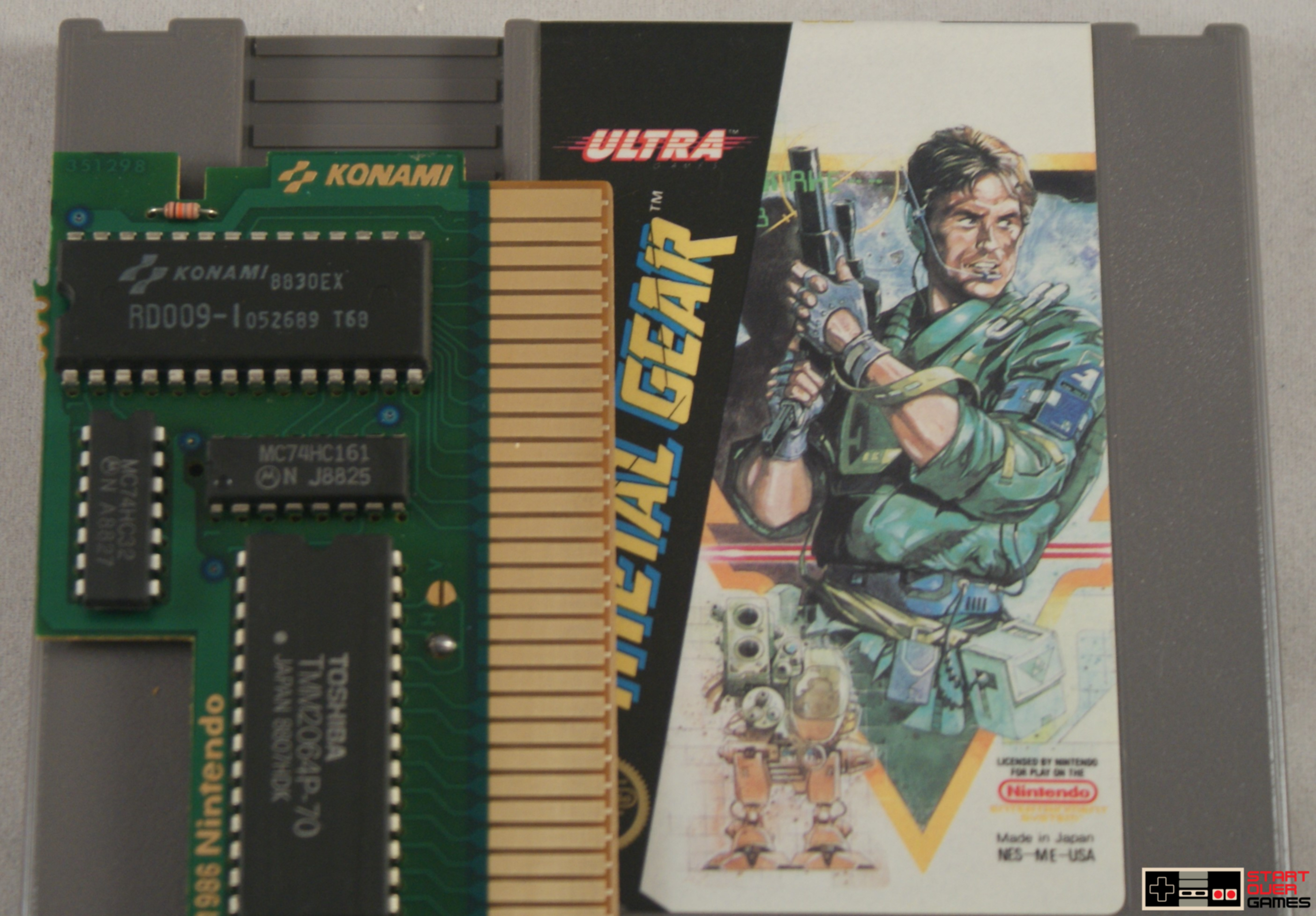(Published on April 11th 2016, this article tells the tale of how Konami got past one of Nintendo’s policies.)
There’s a good chance that if you’ve held a NES controller (or Gameboy) in your hands on more than one occasion, you have played a game published by a company called Ultra Games. Responsible for such games as Metal Gear, Skate or Die!, and 2 of the 4 NES Teenage Mutant Ninja Turtles games, Ultra Games only managed to survive from 1988 to 1992. So how could a company that had the 7th bestselling game on the NES, (TMNT with 4 million copies sold), only last for 4 years? The answer may not be what you would expect.
Our story begins with Nintendo, as they often tend to do. Not the Nintendo we know today though, but rather a company that was just breaking into the home video game market, who was taking every precaution necessary to make sure they succeeded. And in this case, a precaution that haunts them to this day.
The precaution I’m typing about here is the quality of video games. Part of the reason behind the video game crash of 1983 was the fact that many of the games being released were not very good. The reason for this was because many of the companies making the games were in a quantity over quality mode. This means that they believed that they could generate more revenue by having more titles available, rather than having fewer games that were made well. Nintendo was wise to this, and decided to do things differently on their home console.
Nintendo came up with a policy to help ensure that quality games would be released on the NES. This policy stated that any 3rd party publisher, (basically every publisher except Nintendo themselves), would only be allowed to release 5 titles on the NES per year. Ha!
Now it doesn’t take a genius to figure out that by Nintendo limiting the number of games released, it would no doubt get them a better-quality product from publishers. However, in the eyes of the 3rd party publishers, it didn’t sound like such a great deal. For the most part, publishers relied solely on the sales of their software to generate revenue, and many did not have the option to make hardware. Also, 5 was a pretty small number of games to be released on the hottest system on the market. For some companies, like Electronic Arts (cough cough), this was amplified due to the fact they were producing a large amount of sports games in addition to titles from other genres.
It wasn’t long before someone from Konami figured out a way around Nintendo’s policy, and they did this by creating another publisher within themselves. Thus, Ultra Games was born. And this brings us to the picture, which shows a chip from a copy of Metal Gear that clearly says “Konami” on it, proving that Ultra Games really was just a shell for Konami, both figuratively and metaphorically.
By making a subsidiary company, Konami was able to release 10 games per year on the NES, giving them an advantage over other publishers. Shortly after the Super Nintendo arrived, Nintendo abandoned the 5-game policy. Since Ultra Games was no longer needed, Konami dissolved it.
Now, remember how I said this would haunt Nintendo? Starting in the 16-Bit era, many publishers started shying away from Nintendo. A good example of this would be Electronic Arts (EA). Although they still released games on Nintendo’s consoles, they favored other hardware manufacturers. For instance, the Sega Genesis would receive the majority of the games EA made, while the Super Nintendo would have to settle mostly for their sports games.
There is still tension between EA and Nintendo today, as just 2 years ago the 2 companies butted heads about how the promotion and release of Need for Speed: Most Wanted for the Wii U was handled. It would certainly appear that some things are hard to forgive.
